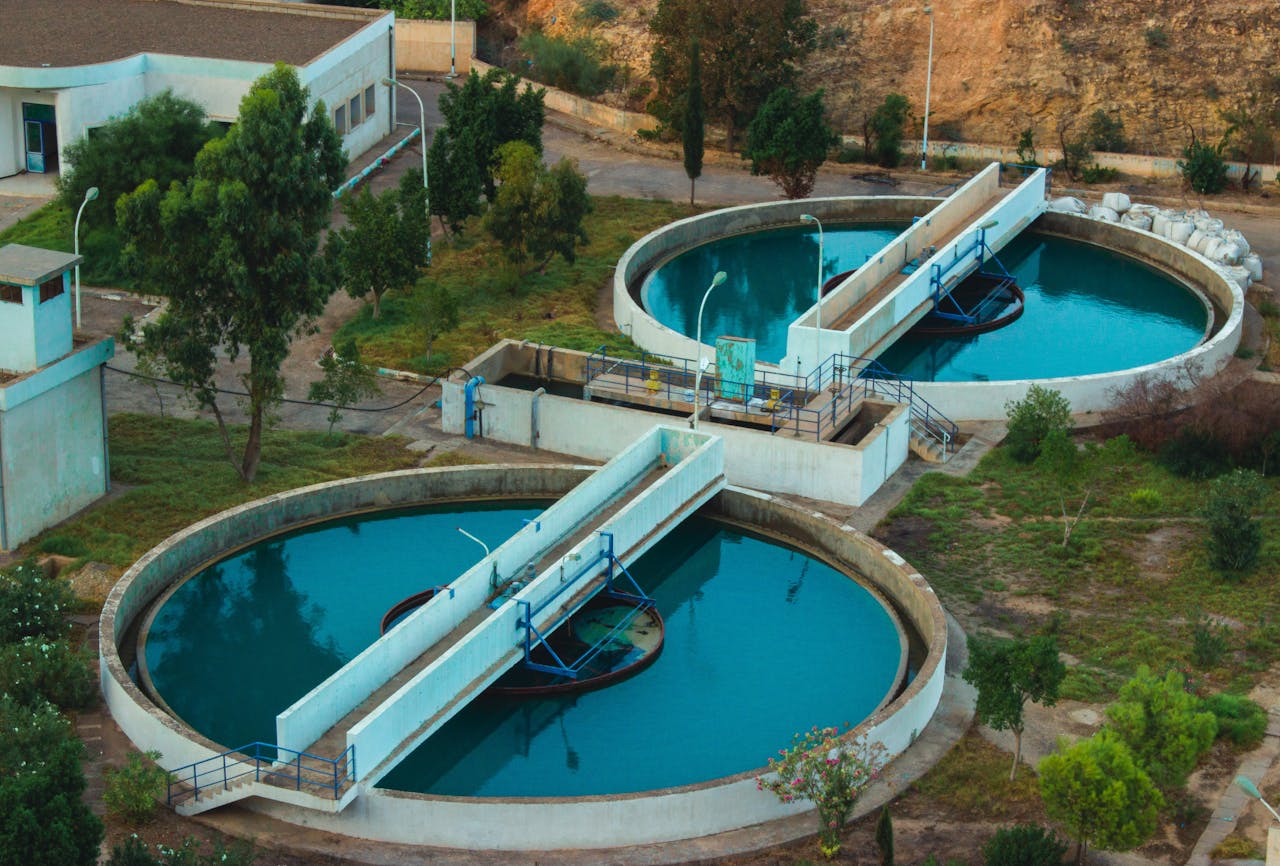
Access to clean, sustainable water is one of the defining challenges of our time. As we move deeper into 2025, the world’s approach to water treatment is undergoing a dramatic transformation. Driven by new technologies, environmental pressures, and stricter global regulations, water treatment solutions today are smarter, faster, and more sustainable than ever before.
From industrial giants to mining companies to city municipalities, every sector is rethinking how they manage, treat, and conserve water.
The New Priorities in Water Treatment
Gone are the days when water treatment simply meant removing contaminants. In 2025, the mission is broader: recover resources, reduce environmental impact, and build systems that adapt to a volatile climate.
Key focuses now include:
- • Real-time Intelligence: Systems are equipped with AI-powered sensors that monitor quality instantly, detecting problems before they escalate.
- • Water Reuse as a Standard: Recycling treated wastewater is no longer experimental—it’s an operational must for industries and cities alike.
- • Low-Carbon Treatment Systems: Facilities are being designed with renewable energy integration, maximizing efficiency while minimizing carbon footprints.
- • Blending Natural and Engineered Solutions: Constructed wetlands, green roofs, and permeable pavements are paired with advanced filtration to enhance stormwater management.
- • Zero Wastewater Philosophy: Companies are aiming for “zero liquid discharge,” turning almost every drop of wastewater into usable resources.
Water Management for Mining: A Critical Sector Under Transformation
Mining, often seen as a heavy water user and polluter, is undergoing major changes in 2025. Responsible water stewardship has become a core part of mining operations, driven by both regulations and rising investor expectations.
Water challenges in mining include:
- • Managing acidic and metal-rich drainage
- • Treating high volumes of wastewater from ore processing
- • Controlling surface runoff and seepage during rainy seasons
- • Minimizing freshwater withdrawals in drought-prone regions
How Water Treatment is Changing in Mining:
- • Integrated Water Circulation Systems: Mines are installing closed-loop water systems that treat and reuse up to 95% of their water internally.
- • Advanced Treatment Technologies: Reverse osmosis (RO), membrane bioreactors (MBR), and chemical oxidation units are being used to handle even the most challenging contaminants.
- • Mobile Modular Units: Prefabricated, portable treatment plants allow miners to respond quickly to changing operations, especially in remote locations.
- • Environmental Restoration Initiatives: Post-mining water treatment plans, including wetland restoration and groundwater remediation, are standard practices for new projects.
Mining services companies such as TerraMines, that prioritize innovative water strategies are positioning themselves not just as industry leaders, but as responsible global citizens.
Digitalization: The Backbone of Modern Water Systems
In 2025, digital solutions are not a luxury, they are the foundation of modern water treatment infrastructure.
New developments include:
- • AI and Predictive Maintenance: AI models predict equipment failures or water quality declines days before they happen, cutting costs and avoiding downtime.
- • Automated Process Control: Advanced SCADA (Supervisory Control and Data Acquisition) systems fine-tune treatment parameters in real time without human intervention.
- • Remote Monitoring Hubs: Operators can oversee multiple facilities across different regions from a single command center using cloud-based tools.
The result? Water treatment plants are running leaner, greener, and with far greater precision than ever before.
Building a Sustainable Water Future
Sustainability is now embedded at the design phase of every new water project. Companies, governments, and developers are integrating goals such as:
- • Water-neutral operations (replacing every drop used)
- • Net-zero carbon goals tied to water system operations
- • Nature-positive developments that enhance rather than degrade ecosystems
Water treatment plants are increasingly becoming resource recovery centers—extracting not just clean water, but also energy, fertilizers, and other valuable byproducts from waste streams.
Also Read: Saltwater Pools: A Smart Choice for Friends and Families
Final Thoughts: A Turning Point for Water Management
2025 is a pivotal year for water treatment solutions. From mines deep in remote regions to high-tech urban recycling systems, the focus has shifted to resilience, adaptability, and regeneration.
Organizations that invest in forward-thinking water strategies today will be better equipped to face the uncertainties of tomorrow—protecting not just their operations, but the communities and ecosystems that depend on them.
The future of water isn’t just about survival; it’s about innovation, restoration, and opportunity.







